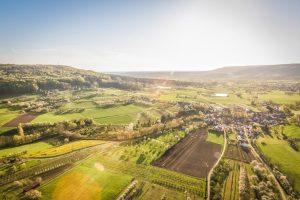Creating a safe and visually appealing playground environment is a priority for parents, educators, and community planners. There has been a growing trend towards using red mulch as a surface material in playgrounds in recent years. This article explores the multifaceted benefits of red mulch, its role in enhancing safety, and the stunning aesthetic it brings to play areas.
The Safety Factor:
When it comes to playgrounds, safety is paramount. Red mulch, often made from shredded hardwood or recycled rubber, serves as a reliable and effective surface material that helps minimize injuries from falls. Its cushioning effect provides a soft landing surface, reducing the impact on joints and bones during play. The natural shock absorption properties of red mulch make it an excellent choice for creating a safer environment for children to enjoy their playtime.
In addition to its shock-absorbing capabilities, red mulch is renowned for preventing soil erosion. This is especially crucial in playgrounds where foot traffic and active play can lead to soil displacement. By maintaining a stable surface, red mulch enhances safety and contributes to the playground area’s long-term durability.
Vibrant Aesthetics:
Red mulch isn’t just about safety – it’s also a feast for the eyes. The vibrant red colour adds a touch of flair and excitement to the playground, transforming it into an inviting space for children. The bold and beautiful appearance of red mulch stands out against green grass or other play equipment, creating a visually stimulating landscape.
The aesthetic appeal of red mulch goes beyond its vibrant colour. Its fine texture provides a clean, well-maintained appearance, making the playground mulch look polished and attractive. The consistent color and texture of red mulch contribute to a cohesive design that complements various playground themes and structures.
Environmentally Friendly Choices:
Many red mulch options are eco-friendly, contributing to sustainable playground practices. Recycled rubber mulch, for example, repurposes discarded rubber materials, giving them a new life and preventing them from ending up in landfills. This sustainable approach aligns with the growing environmental consciousness in modern playground design.
In addition to its eco-friendly nature, red mulch is also known for its longevity. Unlike traditional mulches that may decompose over time, red mulch retains its color and structure for an extended period. This durability ensures a long-lasting and aesthetically pleasing playground surface, reducing the need for frequent replacements.

Easy Maintenance:
Maintaining a playground can be a challenging task, especially in high-traffic areas. Red mulch simplifies the upkeep process with its low-maintenance characteristics. Its composition helps suppress weed growth, reducing the need for constant weeding and ensuring a neat appearance. Additionally, red mulch doesn’t attract pests, contributing to a cleaner and more hygienic play environment.
Community Engagement:
Choosing red mulch for a playground surface can also be a community-driven decision. The vibrant color and modern aesthetic appeal of red mulch can spark community pride and engagement. Parents, educators, and community members often appreciate the effort to create an attractive and safe space for children, fostering a sense of unity and involvement in the community.
In the quest to design playgrounds that strike the perfect balance between safety and aesthetics, red mulch emerges as a standout choice. Its shock-absorbing properties provide a secure surface for children to play, reducing the risk of injuries. Simultaneously, the vibrant red color adds a visually stimulating element, creating a playground that is not only safe but also attractive.
Whether eco-friendly nature, easy maintenance, or community engagement aspects, red mulch brings many benefits to playground surfaces. As communities continue to prioritize the well-being of their children, adopting red mulch as a playground surface material represents a forward-thinking approach that enhances safety and aesthetics in equal measure.
The enduring popularity of red mulch in playground design is a testament to its ability to unite functionality and style. By choosing red mulch, communities invest in a playground surface that provides a haven for play and radiates vibrant energy, creating a space where childhood memories are not just made but celebrated. In every bounce, skip, and laughter, red mulch stands as a testament to the commitment to crafting play areas that are secure and visually stunning, enhancing the overall experience for children and their communities.

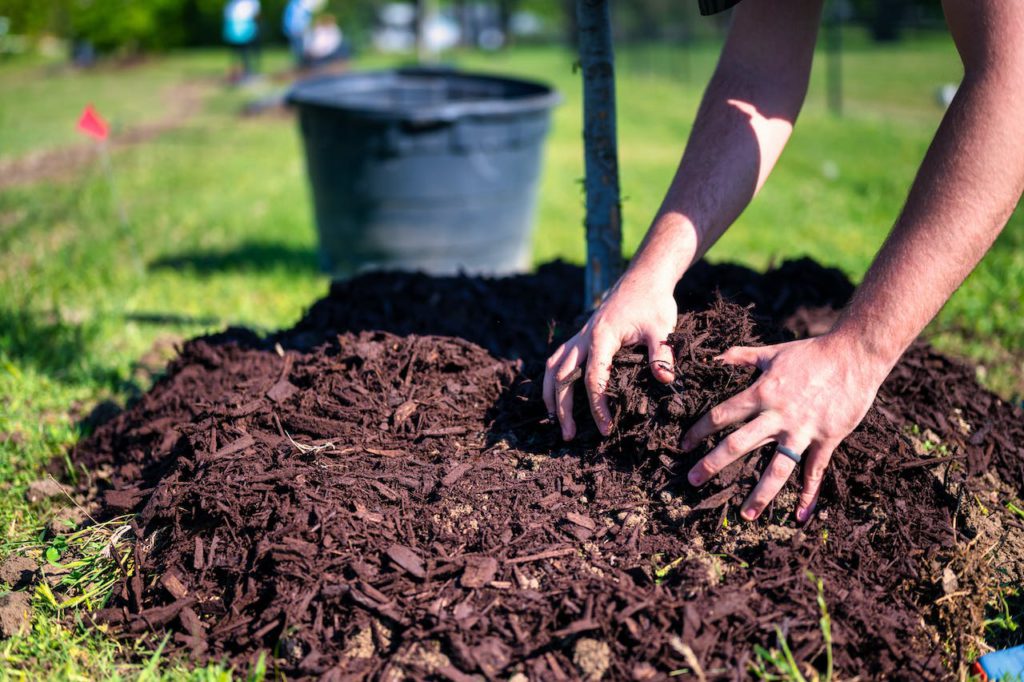





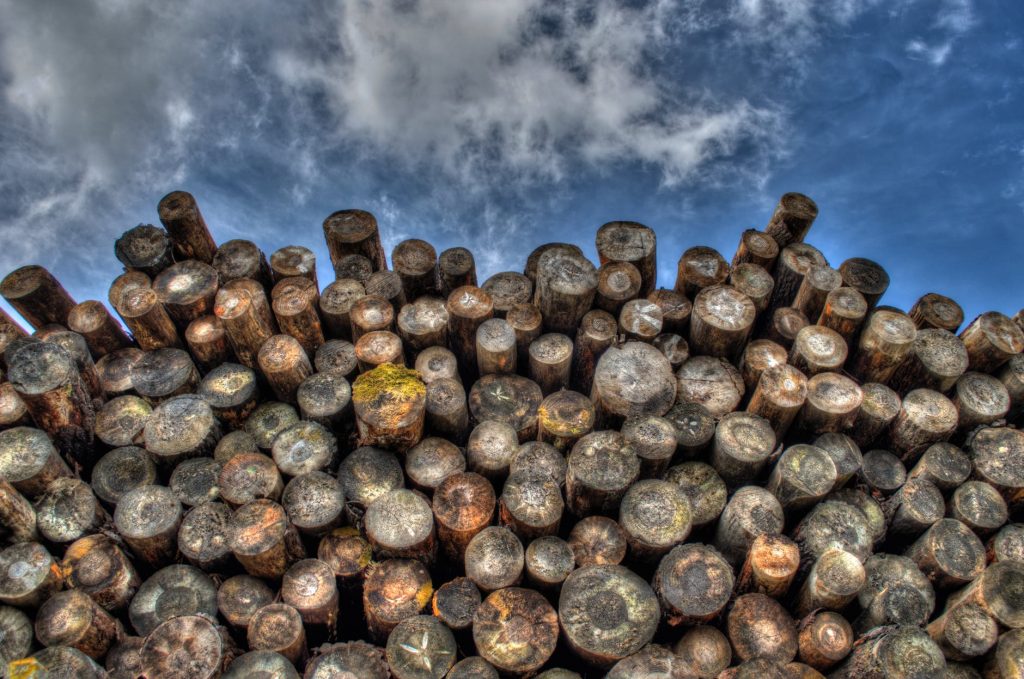

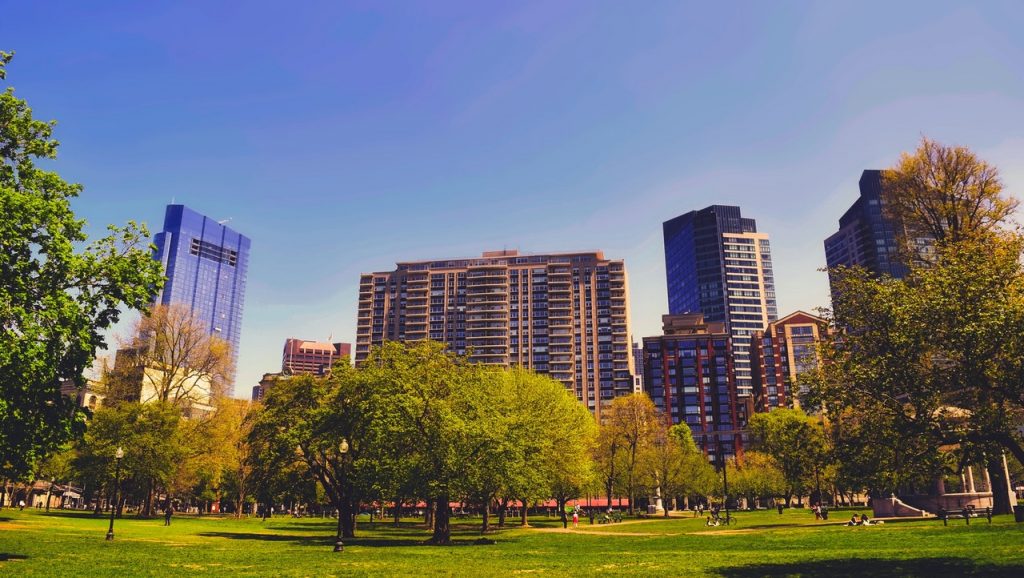
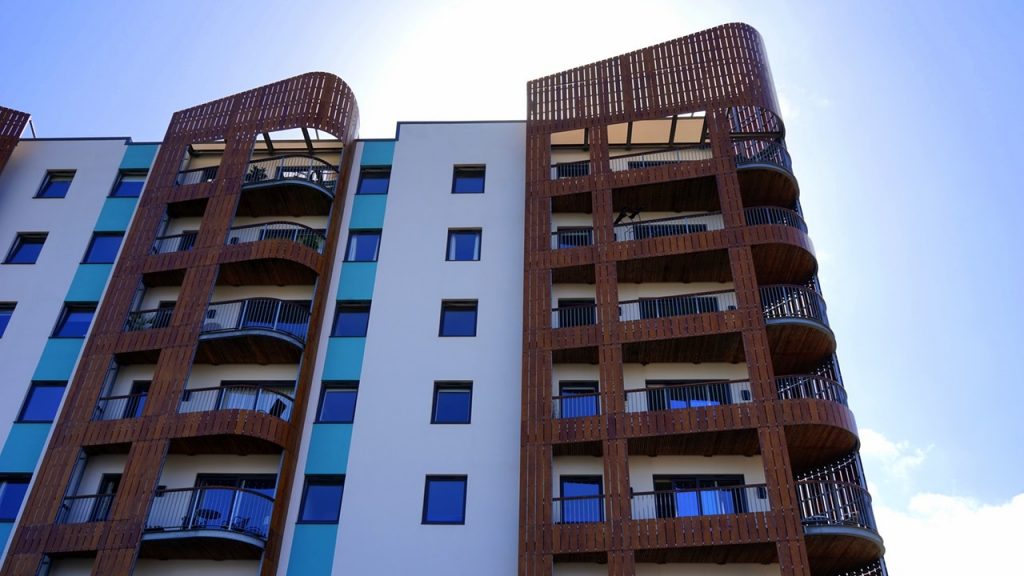
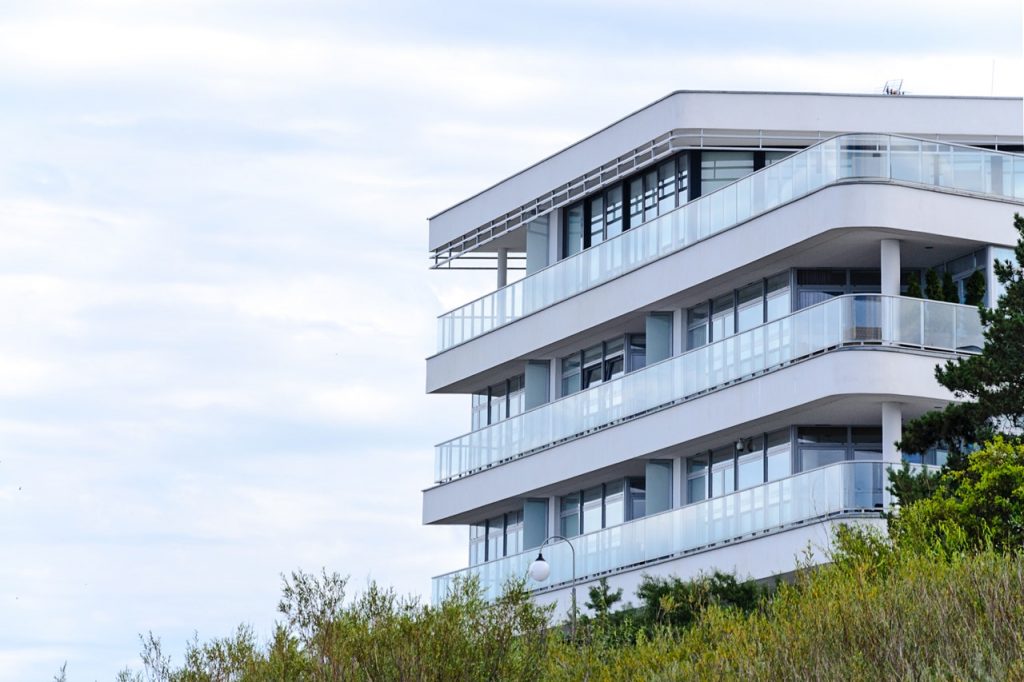
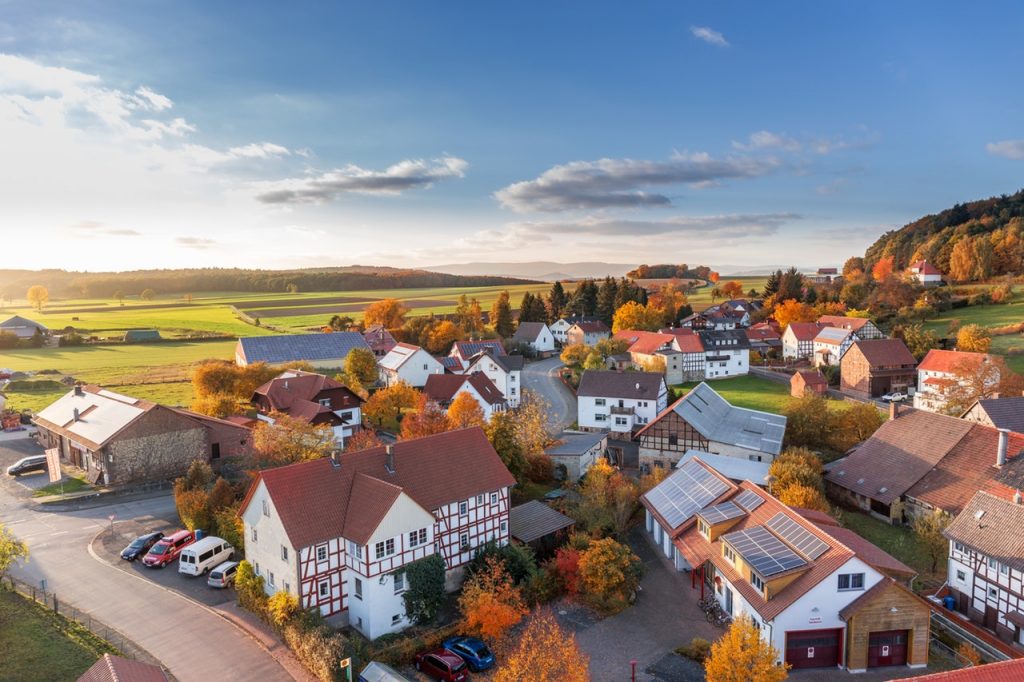
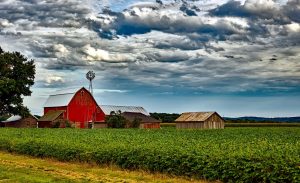 Ultimately, it depends on the area you invest in. The areas which showed the highest proportions of loss are likely to be towns with very small populations, which translates to limited services being available. It is vital that you do your research and ensure you don’t purchase because you fell for good sales tactics. Regional areas can be high risk.
Ultimately, it depends on the area you invest in. The areas which showed the highest proportions of loss are likely to be towns with very small populations, which translates to limited services being available. It is vital that you do your research and ensure you don’t purchase because you fell for good sales tactics. Regional areas can be high risk.
